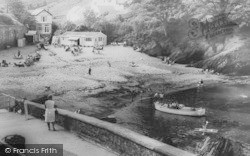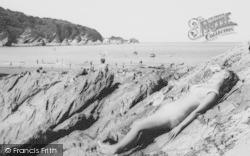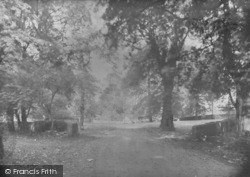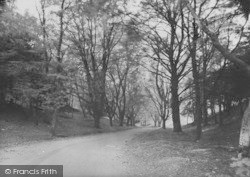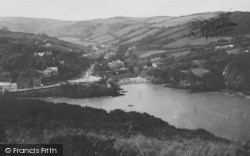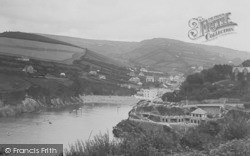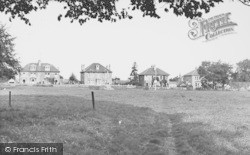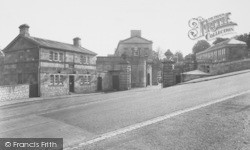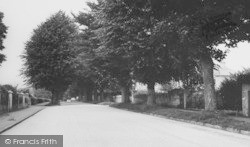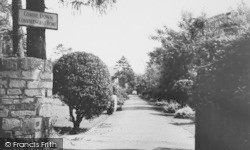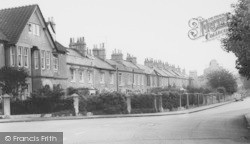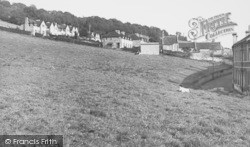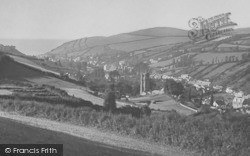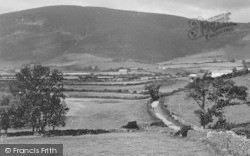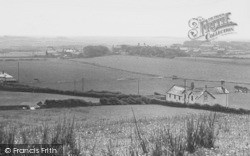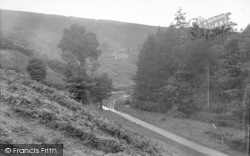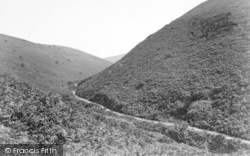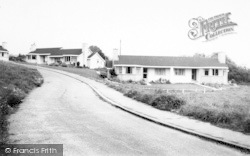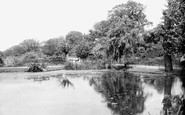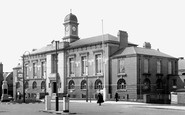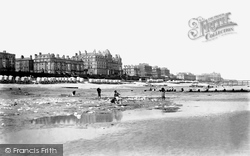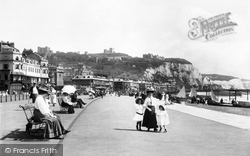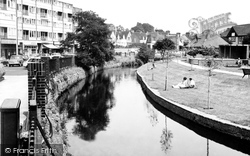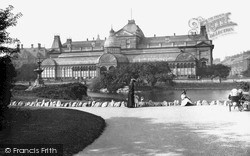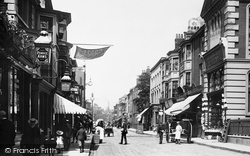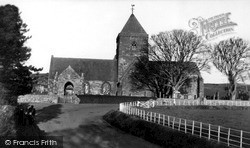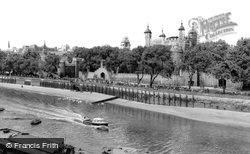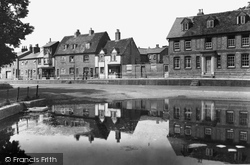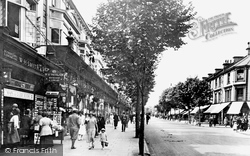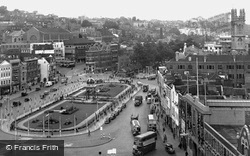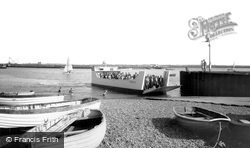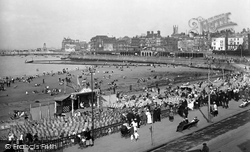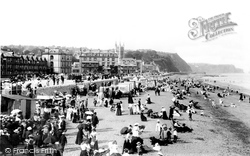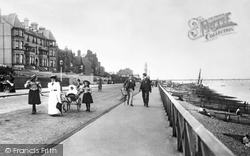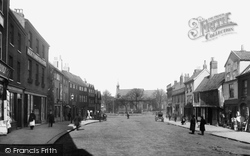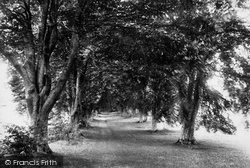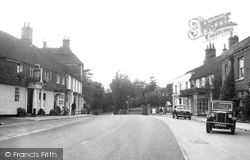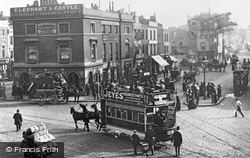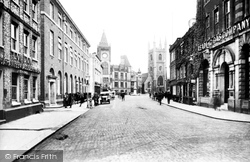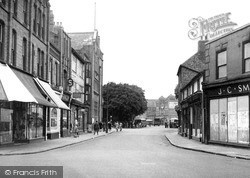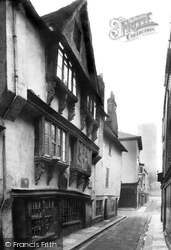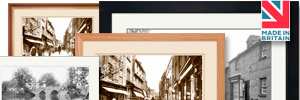Places
31 places found.
Those places high-lighted have photos. All locations may have maps, books and memories.
- Combe Martin, Devon
- Castle Combe, Wiltshire
- Combe Down, Avon
- Milton Combe, Devon
- Combe St Nicholas, Somerset
- Monkton Combe, Avon
- Burrington Combe, Avon
- Combs, Derbyshire
- Combe Raleigh, Devon
- Combe, Sussex
- Combe, Oxfordshire
- Combe, Berkshire
- Combs, Yorkshire
- Combs, Suffolk
- Combe, Hereford & Worcester
- Combe, Devon (near Blackpool)
- Combe, Devon (near Salcombe)
- Combe, Devon (near Buckfastleigh)
- Combe, Somerset (near Somerton)
- Combe Almer, Dorset
- Combe Fishacre, Devon
- Combe Florey, Somerset
- Combe Hay, Avon
- East Combe, Somerset
- Combe Common, Surrey
- Combe Pafford, Devon
- Combe Throop, Somerset
- Combs Ford, Suffolk
- Abbas Combe, Somerset
- St Combs, Grampian
- Combe Moor, Hereford & Worcester
Photos
704 photos found. Showing results 81 to 100.
Maps
161 maps found.
Books
Sorry, no books were found that related to your search.
Memories
1,238 memories found. Showing results 41 to 50.
My Story
My name is Peter Mills. I was born in 1939 and I lived in Barest Road, Nunhead. I lived through the war years, evacuation, hiding in the Anderson shelter, having to use the bungalow bath, outside toilet, coal fire, ascot water heater, ...Read more
A memory of Peckham in 1950 by
Baglan A Wartime Paradise
My Dad did his army training adjacent to Baglan during WW2. The hastily built barracks did not have enough bathroom facilities and asked local residents for permission for soldiers to have a bath in their houses. A super-kind ...Read more
A memory of Baglan
Peckham War Years
My name is Keith Rattray. I lived at 44 Radnor Road, Peckham from 1943 until 1956. My sisters are Joyce, Denise and Janet, all older than me. Joyce passed away in early 1960s but Denise lives in Princes Risborough and Janet lives in ...Read more
A memory of Peckham by
Great Grays
I was born in 1942 in Hathaway Rd at my Nan's. We moved to Milton road. When small I remember the house being damaged by the rocket that fell in the pit. Later playing on the bomb site in Cromwell Road. Went to Quarry Hill school, remember ...Read more
A memory of Grays by
Tulse Hill Garden Which Bordered Brockwell Park
Where the present Tulse Hill Tesco Shop and Esso Petrol station stands today, was the home of my grandfather Alfred John Thomas from the 1920's to the 1950's. Through the 1960's & 70's his daughter ...Read more
A memory of Brixton by
Charlie Farley
Pupil at whittlebury in '60s.charlie/chaz langmead. Played guitar, not well. Formed trio and played at old boys reunion in the gym. Also famous for smashing up dunlop bus at silverstone and getting 8 lashings and detention for a term. ...Read more
A memory of Whittlebury by
Cowgate Road.
I was born in Cowgate Road, Greenford in 1938. About 1950 we moved to Ruislip Road. I remember playing in the park at the end of the road and visiting the river Brent nearby which of course was out of bounds to us little ones. During the ...Read more
A memory of Greenford by
Wartime Memories.
The roof of the Town Hall was set alight by incendiary bombs in the heavy air-raids on Manchester and surrouding areas in late December 1940. I remember seeing it, being a young boy at the time. Sale is about six miles from Manchester centre.
A memory of Sale
The Old Outdoor Swimming Pool
During the summer holidays we would visit the outdoor swimming pool in Bath Road. The first indication when near to the entrance was the strong smell of chlorine and the sound of the two water fountains. No matter what time ...Read more
A memory of Luton by
Long Time Ago.
Born in Hardwick Hall Sedgefield During the war '42. Brought up in old West before Owton Manor est etc. Remember walking the streets during war with Mum after air raid sirens etc. and standing in queues with our ration coupons for ...Read more
A memory of Hartlepool by
Captions
232 captions found. Showing results 97 to 120.
In the background is Chelsea Old Church, which suffered extensive bomb damage in the War.
The Cavendish Hotel, the tall building of 1873 to 1882 with steep French pavilion roofs and a higher central tower, lost its right-hand half to World War II bombs and was rebuilt in insensitive modern
Dover was known as 'Hellfire Corner' in the last war, as it was bombed and shelled and many buildings were destroyed.
The town was a regular target for bombing raids during the Second World War because of its close proximity to the Woolwich Arsenal.
This ornate structure was destroyed by enemy bombing during the Second World War.
This ornate structure was destroyed by enemy bombing during the Second World War.
There were nearly 150 of them when this photograph was taken - many were destroyed later by World War II bombing.
Other targets for fire-bombing included Farrington Hall and Leuchars railway station.
Above it is the spire of All Hallows-by-the-Tower, which had just been restored following Second World War bombing.
Older houses nearby were destroyed or damaged by a Second World War landmine, Aylesbury's only wartime bomb, which fell close to the pond.
The right-hand terraces with their shop blinds were bombed in 1943, and were replaced by the less interesting Arndale Shopping Centre of 1981.
The centre was heavily bombed during World War II, and a new shopping area was built at Broadmead, beyond the tower.
Here they designed and tested triggering devices for the British nuclear bomb, using conventional explosives and centrifugal testing methods.
Margate suffered from both bombing and shelling during the First World War, and many people left the town.
It is surprising to learn that the town was bombed repeatedly during the last war and an amazing 3% of the population were casualties.
During the Second World War the scientist Barnes Wallis experimented with his famous bouncing bomb along this stretch of the Channel.
Only St John the Baptist's church and a couple of houses nearby escaped from the bombs intended for the port and the railway station.
During World War II the forest was laid with temporary roads and was used as a bomb dump and collection point for tanks and other equipment in preparation for the D-day invasion of Europe.
The last house on the right (which appears in the photograph showing The George in 1924 on pg. 60 and opposite) was destroyed by a bomb in 1940.
Heavy bombing during the Second World War led to the redesign of the traffic system and yet another rebuilding of the pub.
Across the cobbled street only the building for the then Reading Gas Company survives, central Reading's only World War II bomb having hit the area beyond.
Part of Church Street was destroyed in an air raid in 1941, but misguided development and unrestricted traffic growth have since done far more damage to the townscape than German bombs.
But alas, they are no more to be seen, as the building was destroyed on 1943 by the same bomb that damaged the Parade House.
The early Saxon town was attacked several times by Danish raiders, was destroyed by the French in 1340 and 1690, and badly bombed during the Second World War.
Places (31)
Photos (704)
Memories (1238)
Books (0)
Maps (161)




